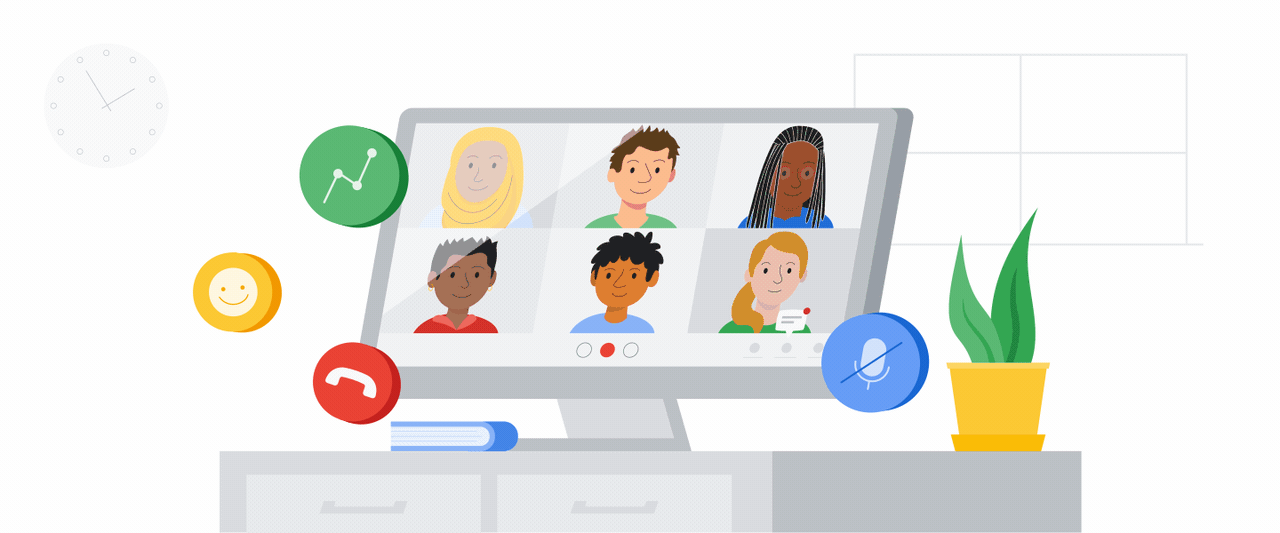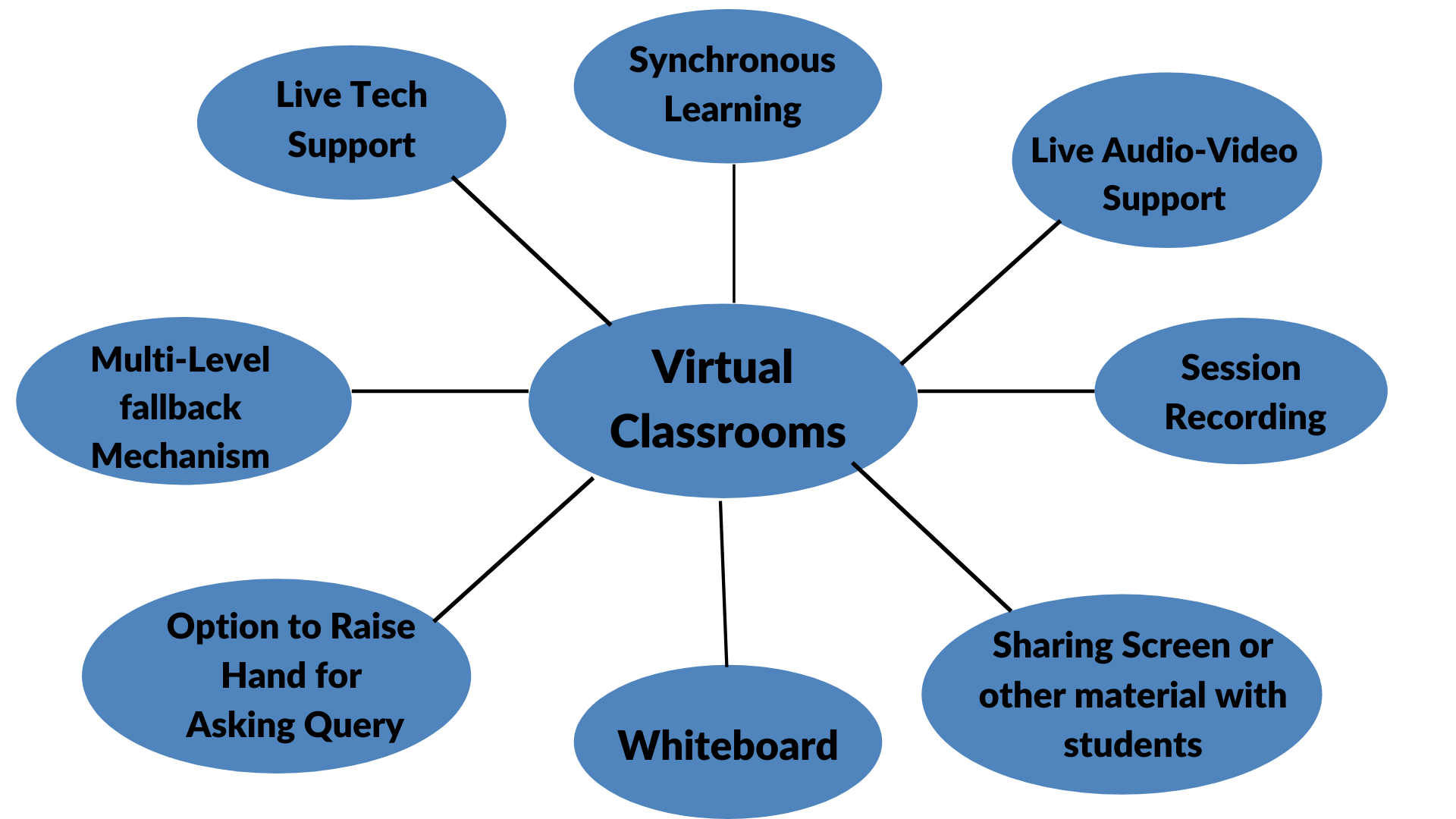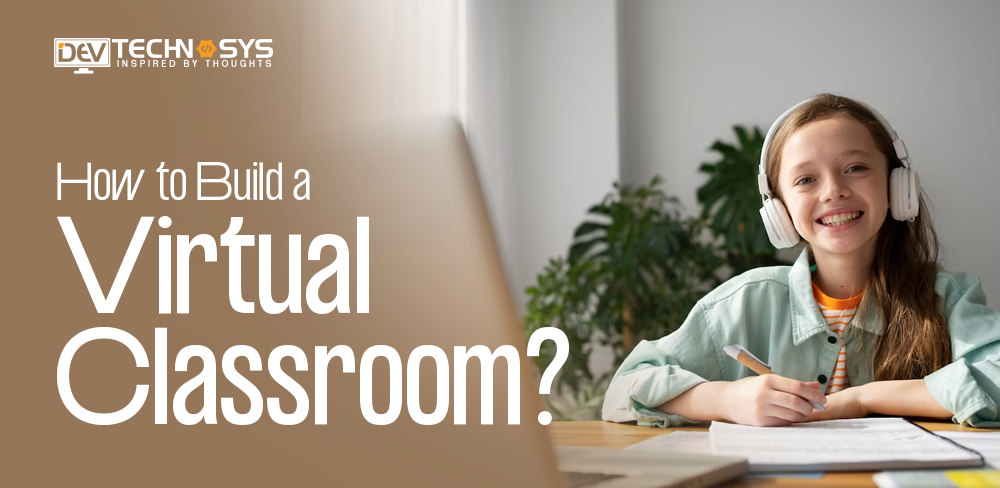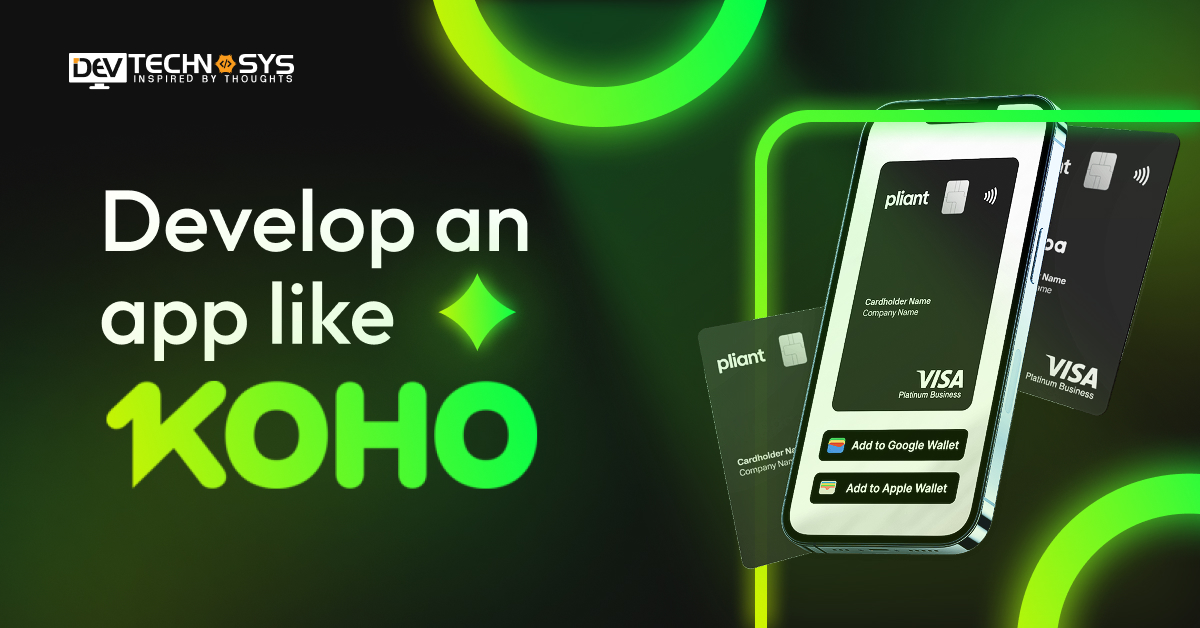Before the advent of virtual classroom software development, we saw many changes in how students learn and teachers teach. The most significant factor in bringing about change is technology.
Students can access smartphones, laptops, and computers from anywhere. They can also access virtual classroom software from the comfort of their own homes so that they can take classes.
They don’t need to worry about missing classes due to any reason, as was the case during the Pandemic.
Virtual classrooms are software used by educational institutions to host remote classes. Virtual classrooms are similar to traditional classrooms, but you can still access the same functionality as in a physical classroom.
A lot of educational institutions are looking to hire an on demand app development company that can create virtual classroom software for students and teachers.
Students can obtain real-time classes through virtual classrooms from any location in the world. Many software programs offer real-time lessons and allow for the same level of collaboration and interaction as a classroom. Thus, in this blog, we will discuss how to build a virtual classroom, its essential features, and its cost.
So let’s begin.
Market Stats of Virtual Classroom
- By 2026, the worldwide e-learning market will be worth close to $400 billion USD. According to estimates, the worldwide e-learning industry reached about $200 billion USD in 2019.
- By 2030, the market for virtual classrooms is projected to increase by an astounding 16.90%.
- North America represented 87% of the market share in 2021.
- In order to lessen interruptions to study, 63% of Indian parents, according to data from Local Circles, India, desired schools to provide online courses when district coronavirus-positive rates exceeded 5%.
What is a Virtual Classroom?

A virtual classroom is an online learning platform that enables students and instructors to interact regardless of where they are located. This virtual classroom provides a real-world experience with the tools and resources to help students ask questions and participate in discussions.
Virtual classroom apps make it easier and more convenient for instructors and students to connect, view learning materials, and submit assignments from any device.
Instructors can use a virtual classroom app to:
- Use a whiteboard and share screen features to teach a subject/topic.
- Record the session and send it to students as documents or multimedia files.
- Group participants and assign them to separate breakout rooms
- Ask questions and conduct polls.
- A moderate student with access control for entry, exit, and muting.
How does a Virtual Classroom Work?

Virtual classrooms are online platforms that allow remote learning and teaching. It’s a web-based platform that lets participants and teachers communicate in real time. The virtual classroom is accessible from any desktop or handheld gadget that has internet access.
The teacher can lecture and share videos with students in a virtual classroom. Students can participate in discussions, answer questions and give feedback. Students and teachers can communicate in real-time using the chat function in virtual classrooms. Virtual classrooms may also offer breakout rooms that allow students to work together in small groups.
Different software platforms may be used to create AI content generators in virtual classrooms, such as Zoom or Google Meet.
These platforms enable teachers to share their screens and use a digital whiteboard. Also, they have the option of recording the meeting for later review. You can also use virtual classrooms to enhance your learning experience with polls, surveys, and quizzes.
What are the Benefits of a Virtual Classroom?
Why would you want to build a virtual classroom? Online learning has many benefits for students and teachers. Virtual learning is a great way to simplify your teaching life. Here are some benefits:
- Flexibility – Students are able to participate in classes from any part of the world.
- Engage – Teachers can make their classrooms more interactive by using multimedia in their lessons.
- There is no expensive infrastructure or pieces of equipment to worry about, making it economical.
- Accessibility – Students who are unable to attend traditional classes because of physical or geographic constraints can still take part.
Different Types of Virtual Classrooms
Let’s now look at the various types of an AI content generators like virtual classrooms.
1. MOOCs
Massive Open Online Courses (MOOCs) are open to everyone. The online courses and supporting materials are created by top universities worldwide, such as Harvard, Stanford, and Oxford. Students can also engage in discussion forums on MOOCs. There are differences between MOOCs. Some MOOCs are free, while others require fees. Others also offer certificates of completion.
Coursera has 20 million students and is the largest MOOC in the entire world. edX comes in second.
2. Bootcamps
Bootcamps are online or in-person acceleration courses. These training sessions are short-term, intensive, and immersive. The majority of these students are working professionals who want to advance their knowledge in fields like custom android app development and information analytics. MIT, for example, offers an Innovation Leadership Bootcamp. Galvanize and Thinkful offer career accelerator boot camps.
3. Online Degree Programs
Several schools and institutions provide degree programs and courses online. Students have the option of choosing between on-site or virtual courses from associate to doctoral levels.
Some courses combine interactive discussions and virtual classrooms. For many courses, however, the majority of the material is delivered electronically. The content is available to students at their own speed.
4. Enriched Virtual Classrooms
Blended learning is a type of enhanced virtual classroom that allows students to learn at home as well as face-to-face in school. Teachers create digital materials for students to use online in an enriched virtual class. Students can watch videos and complete interactive worksheets.
They also do additional research. Also, students have the chance to communicate with their classmates via interactive digital whiteboards. Students return to their classrooms for discussion and projects at a set time. Research shows that virtual classrooms enrich learning.
Must-Have Features to Build a Virtual Classroom

Many states have reopened schools, colleges, and educational institutions following the second wave COVID-19 pandemic. Many states have placed school reopening plans in the queue due to fear of the COVID-19 third wave.
Your school, like other educational institutions, must ensure that students and teachers are safe by offering online classes. One of the main factors behind the rise of virtual classroom software is the continuation of online classes. So, let’s check out the features to build a virtual classroom.
1) Usability, accessibility, and compatibility
Learning continuity and knowledge retention can be ensured when students, teachers, administrators, and other users can access the virtual classroom platform via a computer, tablet, smartphone, tablet, or laptop. You must also ensure that everyone can access the e-learning platforms without needing any technical skills.
To shortlist software solutions for virtual classroom platforms, you must consider accessibility, usability, compatibility, and other factors.
2) Video Conferencing Tools
No virtual classroom software can support virtual instructor-led training (VLIT) without video conferencing. The software must support live video streaming and allow instructors to share pre-recorded video lectures. The software should also let teachers and students see each other by providing a grid view. Additionally, to integrate this feature in your virtual classroom platform, you must hire dedicated developers.
You must also ensure that students can ask questions and clarify doubts online. This means providing certain features. How well the virtual classrooms are replicated in traditional classrooms will be directly affected by the quality of the video conferencing tools.
3) Whiteboard Integration
Online whiteboards can be used by both students and teachers simultaneously, just as with traditional whiteboards. Teachers use whiteboards to communicate ideas, explain concepts and collaborate with students in online learning environments.
In order to cooperate and communicate with their pupils, teachers also use online whiteboards. Online whiteboards make it easy to create virtual classrooms that focus on discussion and not lectures.
4) Access to Multi-Format Digital Content
Virtual classrooms allow students to learn by accessing a variety of digital content, including ebooks, videos, and audiobooks, as well as podcasts, infographics, and quizzes.
Some of these software solutions also include built-in content authoring capabilities. However, most instructors and teachers lack the skills to create digital content with these tools.
You should therefore look for virtual classroom platforms which can seamlessly integrate with digital libraries. Digital library integration is a key feature of virtual classroom platforms that allows students to access digital content in multiple formats without the need for teachers.
5) Communication Tools
Virtual classrooms help you overcome the biggest drawback of e-learning: the lack of face–to–face interaction. However, online classes can be made more effective if students have the opportunity to interact with their teachers via multiple communication channels.
Virtual classroom software offers a variety of interactive tools, including instant messaging, group messaging, and group chats. These communication tools can be used to increase knowledge retention and facilitate uninterrupted interaction between students and teachers.
6) Online Examination Software
Online examinations, which are similar to live classes and real-time interactions, are a key element of virtual classrooms. Teachers must not only teach students but also measure their performance and ensure that they retain the knowledge by using promotional tests and timed tests.
Teachers need an evaluation system that allows them to create customized question banks and plan online tests. A virtual classroom platform with an integrated evaluation system and varying question banks can make it easier to hold online tests.
7) Restrictions and Controls
Virtual classroom platforms allow teachers to recreate traditional classrooms within a virtual learning environment. They must allow teachers to control and manage the class in their own ways.
When comparing virtual classroom platforms, it is important to look out for features that allow teachers to block students from accessing certain functions or activities. The teacher should also be able to mute learners during lectures or explain concepts.
8) Reporting
Teachers and administrators must be able to generate reports using the virtual classroom platform quickly. Teachers can automate routine tasks like attendance by using reports that are based on real-time learner information.
Teachers can also monitor and track the progress and performance of their students by creating reports. Built-in analytics and reporting are key features of virtual classroom platforms.
9) Adopting Popular eLearning Styles
A virtual classroom platform that supports the latest trends in e-learning, such as gamification or social learning, is essential to enhance learner engagement and learning experience.
Social learning is easy to implement. Choose a platform that allows students and teachers to exchange ideas, give feedback, and answer questions in real time. Gamification can also be used to increase knowledge retention. Choose a platform with gamification features such as badges or coins.
Tech Stack to Involve Virtual Classroom
These are the tech stacks you need to consider in order to build a virtual classroom platform in your business.
- Video conferencing software: Zoom, Google Meet, or Microsoft Teams are essential tools for hosting virtual classroom sessions.
- A learning management system (LMS), also known as Learning Management System, is used to deliver and grade course content, assign assignments and grade assessments and track student progress. Moodle, Canvas, and Blackboard are examples of LMSs.
- Content creation tools: To create and share course content, such as videos, documents, and presentations, you will need tools. Interactive presentations can be created using tools like Prezi, Google Slides, or Google Slides.
- Collaboration tools: Students can use collaboration tools such as Google Docs and Microsoft Office 365 to collaborate on projects and assignments in real-time.
- Virtual whiteboard: A virtual board, such as Microsoft Whiteboard, can facilitate real-time discussions and collaboration.
- Assessment and evaluation tools: You can use tools such as Kahoot or Quizlet to create and distribute quizzes, tests, and surveys.
- Mobile application: Students can access course content via a mobile app like Edmodo or Moodle and take part in discussions while on the move.
- Virtual reality tools: ClassVR is a virtual reality tool that can be used for creating immersive learning experiences.
How to Build a Virtual Classroom?
Now that you know the tech stack, it is time to build a virtual classroom. However, you must take support from iPhone application development services for better results. So let’s begin.
1. Define Who Your Target Audience Is?
Research on potential students is the first step in starting an online school. These findings should guide the content and structure decisions that you make. For example, your target audience’s knowledge level will impact the exercises you use in training. The four approaches to gauge interest in an online program are as follows.
Recognize their difficulties, their hopes, and the needs they need
- Learn how an online school can assist them in these areas.
- It is important to understand if your solutions solve customers’ problems. Make certain they have a means of offering feedback.
2. Choose the Right Learning Management System For You
LMSs must be able to manage, deliver and track students’ progress and documentation. Learning management systems allow for real-time feedback, as well as tools to facilitate student evaluations, webinars, forums, and online forums.
While some learning management systems (LMSs) can only perform one task, it is better to have a system that can do all the essential tasks. The following are some of the most important features of learning management software:
- Integrations include video conferencing, email, calendars, and chats.
- Data monitoring
- Unique and intuitive service for every user
- Performance monitoring
- Notifications, alerts, and notifications will be sent automatically.
- All study materials are available in one location.
- Reporting and data analysis that can be adjusted.
3. Get Productivity in Your Home Office
It is better to have a dedicated space at home than any other option. You can manage your class and set your own schedule from home.
It’s a good idea to get rid of clutter and support your back by sitting in a supportive chair. When you are comfortable, it is simpler to focus and complete tasks. You don’t require a lot of fancy tools to get started as an internet tutor. Only the following technology-wise is necessary:
- A digital machine
- An Internet connection that is reliable and quick
- A program to make video calls
You should ensure that all technology is tested before you launch your online school.
4. For your Classroom, Create Objectives, Standards, and Procedures
The next step to build a virtual classroom is setting goals. Posting class materials and lesson plans in a digital learning management platform before students start class will make them more prepared academically and mentally. It’s important that you remember that different students will benefit from the same lesson, just as in regular classroom settings.
Private lessons allow you to be flexible with your schedule. You may customize your instruction for each unique learner because there is just one other student.
5. Open Up Lines of Communication
It is crucial to make online schools welcoming and comfortable for students. Working in an online environment can reduce the personal connection between teacher & pupil. Below are three ways to foster communication.
- Inform your students about your availability and how they may reach you.
- Encourage the use of project management and collaboration software. These features will be included in your LMS.
- Normalize feedback and evaluation.
How Much does It Cost to Build a Virtual Classroom?
Virtual classroom software development costs between $25,000 and $50,000. The cost of developing Virtual classroom software depends on many factors, including the features you need and the technologies required to integrate apps. You will also need multiple tools because virtual classroom software is a mixture of all technologies and features.
- Development platforms
- App’s UX/UI
- App Features and Complexity
- The location of developers
- Development time
- Frontend & backend development
- App testing
- Submission and hosting
- Promotion & Marketing
Final Thoughts
Today’s students don’t need to be in a classroom setting to be successful. The growth of online learning both before and after the epidemic is evidence of this. Online education offers educators the opportunity to use their limited resources, as there is no need to rent classrooms or offices.
This saves both time and money. A digital platform is essential for educators looking to establish online schools. Making an online educational environment is greatly facilitated by LMS. A mobile application development company can help you build a virtual classroom platform that will work for your business.
Most Frequently Asked Questions
How to Monetize a Virtual Classroom App?
You have many options for monetizing a virtual classroom app. These include charging a subscription fee or a one-time payment for premium features and offering in-app purchases for additional content and services. It is essential to think about the audience and how willing they are to pay for various types of services or features.
What is the Time It Takes to Build a Virtual Classroom App?
It depends on the features of the app, its complexity, and its size, as well as the technology stack and team size. It can take between 4-5 months to build a virtual classroom app.






























